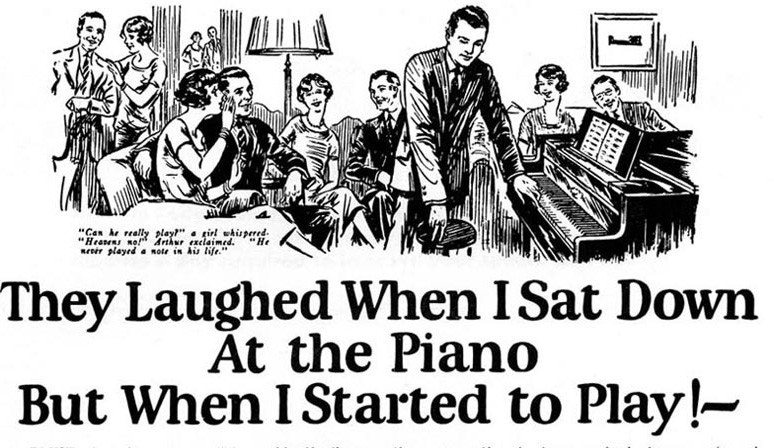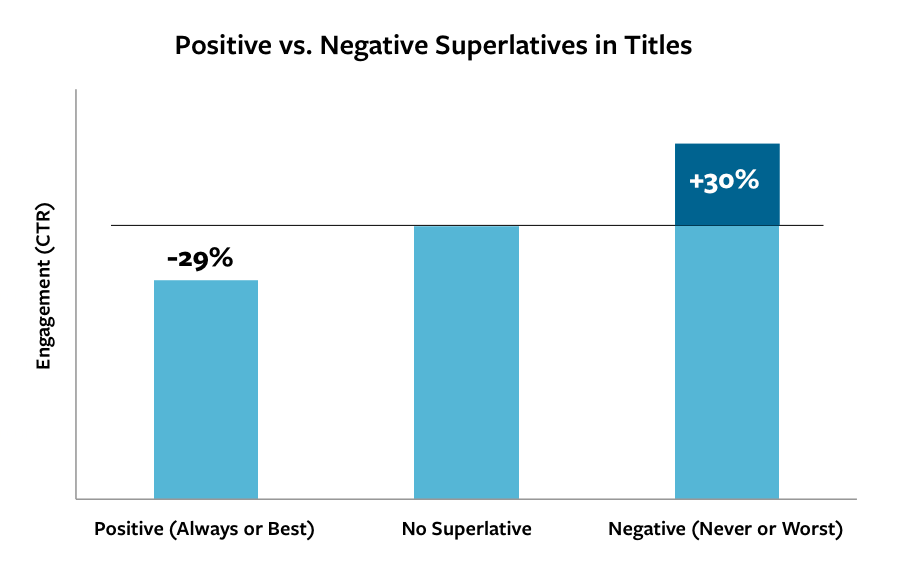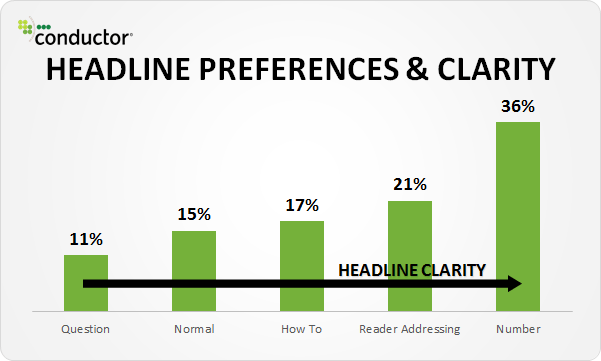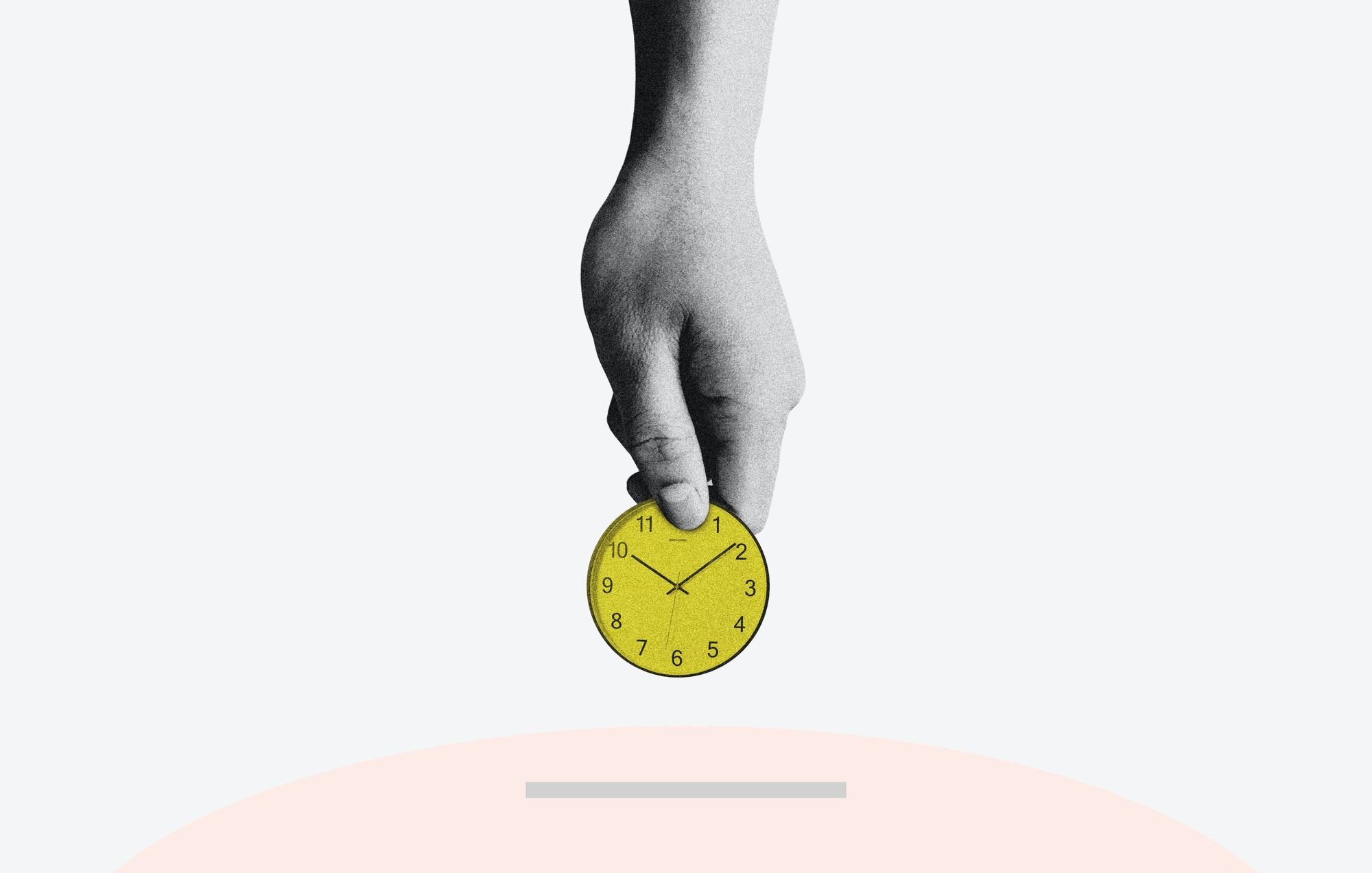
8 Winning Headline Strategies and the Psychology Behind Them
Former Director of People @ Buffer
Recently I dug into all the research I could find about headlines for a Mozinar on The Science of Writing Must-Click Headlines on Social Media.
I found plenty of data about what words are used in the most shared headlines and social media posts, how long headlines should be and more.
What was especially interesting was to dig into the psychology behind some well known headline formulas to begin to understand what makes them so irresistibly clickable. Here’s an overview of what I discovered—8 winning headline formulas and the psychology behind them.
1. Surprise
Chip and Dan Heath, authors of Made to Stick: Why Some Ideas Survive and Others Die, list surprise as one of the six principles of ideas that are really sticky. According to their research, presenting something unexpected—breaking a pattern—will help you capture attention. This works in two parts: surprise captures our attention, and then interest holds it.
Surprising headlines are winning headlines because our brains love novelty. The brain’s pleasure centers are more “turned on” when we experience unpredictable pleasant things, compared to expected pleasant events.
So surprises are more stimulating for us and will get our attention much more easily than things we already know well—even if we really like those things! We may subconsciously prefer an unpredictable experience over what we think we want.
One example of surprise used well was in the casual e-mail subject lines of the Barack Obama presidential campaign. Anyone who shared an address with the campaign got messages, from Barack Obama, with subject lines like “Hey” or “Wow” or Join me for dinner?”

Dropping in curse words like ‘Hell yeah, I like Obamacare” also got big clicks. Most of the $690 million Obama raised online came from these fundraising e-mails, and they worked because they created a surprising dissonance between Barack Obama, presidential candidate, and email subject lines that looked like what you might see in your inbox from a friend.
2. Questions
Questions are powerful in the brain because they prime our curiosity. Just seeing a question mark starts to stimulate your brain; whereas if you already know what you’re going to get from something like a headline, your curiosity might be over before it can even start.
The best question headlines ask something that the reader can empathize with or relate to or would like to see answered. Consider this one, by copywriter Bill Jayme in Psychology Today.

Note how your brain springs into action thinking about your answer and wondering if it’s normal compared to other people’s answers.
3. Curiosity
Viral powerhouse site Upworthy has gained millions of clicks by taking advantage of a psychological phenomenon called the information gap or curiosity gap.
Carnegie Melon University professor George Loewenstein coined this term to describe the gap between what we know and what we want to know. When we notice a gap in our knowledge, it produces a feeling of deprivation. Then we go look for that piece of missing information so we can stop feeling deprived.
Curiosity requires a little bit of initial knowledge. We’re not curious about something we know absolutely nothing about. But as soon as we know even a little bit, our curiosity is piqued and we want to learn more. In fact, research shows that curiosity increases with knowledge: the more we know, the more we want to know.
A Cal Tech study scanned volunteers’ brains while they read trivia questions designed to create a mixture of high and low curiosity. When subjects were interested in a question, the researchers saw more activity in the caudate region—a part of the brain known to be involved in anticipating rewards. (Interesting side note: If they found they had given an incorrect answer, the curiosity effect seemed even stronger.)

To use this strategy in headlines, “prime the pump” with some intriguing but incomplete information. Tell the reader enough to pique curiosity but not enough to give the whole story away—like this famous ad by John Caples does.

Created in 1926, it went on to become one of the most popular and successful ads in history. Scott Delong, the founder of viral content site ViralNova, has it framed in his office.
The ad doesn’t sell piano lessons, it intrigues with the emotional benefit of learning a new skill.
4. Negatives
Superlatives – words like best, biggest, greatest – can be effective in headlines. But it turns out that negative superlatives (like worst) can be even more powerful.
In a study of 65,000 titles, Outbrain compared positive superlative headlines, negative superlatives headlines and no superlative headlines. The study found that headlines with positive superlatives performed 29% worse and headlines with negative superlatives performed 30% better. The average click-through rate on headlines with negative superlatives was 63% higher than with positive ones.

There are a few theories on why this might be.
- Positive superlatives may have become clichéd through overuse.
- It may be that negatives are more intriguing because they’re more unexpected and thus activate the element of surprise.
- Negatives also tap into our insecurities in a powerful way. Using negative words like “stop,” “avoid,” and “don’t” often work because everyone wants to find out if there’s something they’re doing that they should stop.
Somewhat related is a finding from a Startup Moon headline study of 100 tech blogs, which found that aggressive or violent-sounding words like kill, dead and fear actually encouraged more social shares.
(Note: Because Buffer really values positivity and happiness, we tend to turn this technique inside out when we use it in order to still focus on the positive. We’ve tried that with posts like 10 Things To Stop Doing Today to Be Happier, Backed by Science that have done really well.)
5. How to
A lot of advertising writers say that if you start with the words “how to,” you can’t write a bad headline. After all, we all want to get smarter and better.
Our friends at Copyblogger say these types of headline go beyond knowledge to work on an even deeper level:
Most people don’t want information. I know you’ve always been taught otherwise, but it’s true. People are drowning in facts. What people really want is a sense of order and predictability in their lives. We want to feel a sense of power over our world. Therefore, we seek out the secrets, tips, hints, laws, rules, and systems that promise to help us gain control and make sense of things.

Witness the incredible staying power of one of the most famous how-to headlines – and one that’s really important to us at Buffer: the book title How to Win Friends and Influence People by Dale Carnegie.
But even with this proven formula, there are a few tweaks we can make to be sure our headlines spread as far as some of the others we’ve talked about.The Startup Moon tech blogs headline study found a huge difference between the viral spread of a post titled “How to use Android SDK” and another titled “The beginners guide to Android SDK.” Same concept, different packaging. Adding words like “Introduction”, “The beginners guide”, “In 5 minutes” and “DIY” can provide more viral variations on the how-to.
This tells us you might want to work in something more specific to give readers get a better idea of what they’re going to get.
For example, instead of: “How to get better at organizing your day,” you might try “The 5 minute guide to organizing your day for more focus and productivity.”
6. Numbers
Numbers work well in headlines because humans like predictability and dislike uncertainty.
A study on the psychology of waiting in line found that when we don’t know how long something is going to take, we experience that time differently. If a patient in a waiting room is told that the doctor is running 30 minutes late, he might be annoyed at first but he’ll eventually relax into the wait. But if the patient is told the doctor will be free soon, he spends the whole time nervous and unable to settle down because his expectations are being managed poorly. When we’re in this situation, time actually feels like it’s going slower for us.
Numbers can help by providing that expectation management for us, so we know exactly what we’re getting into. Those might be some of the reasons that a Conductor study found that audiences prefer number headlines to almost any other type.

Additionally, the Startup Moon headline study found that the bigger the number, the farther the post spreads.
7. Audience referencing
Audience referencing basically means using the word “you” or implicating your audience directly with your headline. The copywriter Mel Martin was particularly known for this. He would write headlines like “For golfers who are almost (but not quite) satisfied with their game — and can’t figure out what they’re doing wrong” and this quite similar variation (hey, that means it must have worked, right?)

With an audience referencing headline, your reader immediately feels known and named. This construction gets attention because of the way our brains are fixated on solving problems. It’s part of our survival instinct for our brains to go out and actively search for potential problems we might have – even if they’re as minor as our golf swing or cooking. When you are the precise target audience for a headline, your brain basically says, ‘That’s for me!’
In a study in Norway, researchers tried a variety of different headline styles on a shopping website: “For sale: Black iPhone4 16GB” (the regular headline), “Anyone need a new iPhone4?” (question headline without referencing cues), and “Is this your new iPhone4?” (question headline with referencing cues). They found that question headlines with audience-referencing cues (“Is this your new iPhone4?”) generated higher click-throughs than other types of headlines.
Even if you don’t use the audience referencing headline strategy, it helps to generally keep in mind how strong the human self interest drive is. When you speak to the desires, needs and emotions of your reader, you answer their main question: “What’s in it for me?”
8. Specificity
Another of the six principles of all ideas that “stick”, according Chip and Dan Heath, is to make them concrete – by using specific facts rather than broad statements.
Specific, quantifiable concrete facts—particularly ones that form pictures in our minds—are intensely interesting. Figures imply research, which adds to your legitimacy. But all kinds of specificity are good: digits, names, descriptions, titles, examples, projections, results. Being specific also helps to demonstrate that the article will be in depth.
Being specific appeals to our urge to know what we’re getting into when we click – the same reason numbers are effective – and leads to greater clarity, which readers really prefer as seen in this Conductor study.

It’s also worth noting that the folks at Upworthy, who previously were really high on curiosity gap headlines, are now finding that their data shows that really descriptive headlines—ones that tell you exactly what the content is—are starting to win out over those “curiosity gap” headlines, which tease you by withholding details.
The curiosity gap headlines used to work because people weren’t used to it, but now everybody does it and the curiosity isn’t as strong. So you may start to find as you try these strategies that one type can work really well for a while and then begin to show diminishing returns.The key is to keep finding new ways to engage your audience by being playful and experimental with what you write and ruthless with how you test.
What headline strategies produce great results for you? Share them with me in the comments!
P.S. If you liked this post, you might also like How to Write The Perfect Headline: The Top Words Used in Viral Headlines and 6 Random Social Media Tips to Help You Improve Your Marketing Today.
Image credits: elviskennedy, BusinessWeek, Cal Tech, Outbrain, Conductor
Try Buffer for free
140,000+ small businesses like yours use Buffer to build their brand on social media every month
Get started nowRelated Articles

Sending ads by mail may seem like a thing of the past, but this marketer thinks it’s a surprisingly effective approach for e-commerce brands.

Learn how to leverage AI social media content creation tools and save valuable time in your social media marketing efforts.

With the newsletters on this list, you'll be able to stay on top of all developments in social media and learn from amazing experts